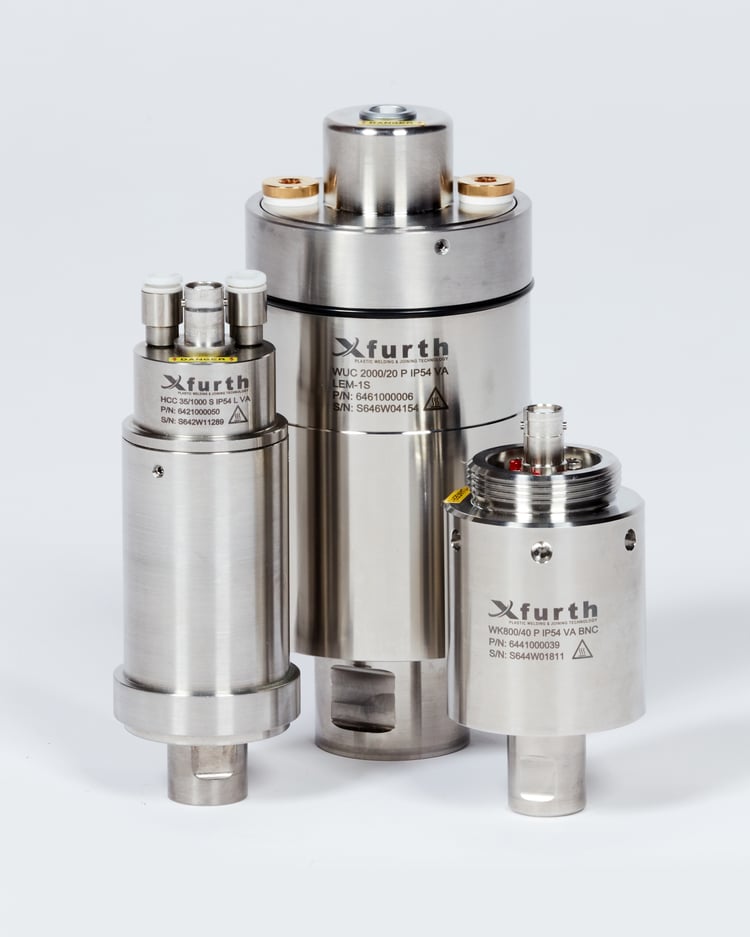
Ultrasonic welding is a widely used technique for joining plastic components with precision and efficiency. This comprehensive guide will walk you through the step-by-step process of ultrasonic welding, providing valuable insights and key considerations for successful implementation.
Whether you are a design engineer or a manufacturing professional, mastering the ultrasonic welding process will empower you to create strong and durable plastic assemblies
Step 1: Material Selection
To ensure successful ultrasonic welding, it is crucial to choose compatible thermoplastic materials. Consider factors such as melting temperature, molecular weight, and filler content. Opt for materials with similar viscosities to facilitate optimal bonding during welding.
Step 2: Joint Design
Optimise the joint design for effective ultrasonic welding. Pay attention to joint geometry, surface finish, and part thickness. Select appropriate joint configurations based on the specific application requirements. A well-designed joint is essential for achieving reliable and robust welds.
Step 3: Assembly Preparation
Thoroughly clean and prepare the components before assembly. Remove any dirt, grease, or moisture that could hinder the welding process. Accurately position the parts within the fixture or jig for precise alignment during welding. Proper assembly preparation ensures consistent and high-quality welds.
Step 4: Horn and Tooling Selection
Select the appropriate ultrasonic horn and tooling for your application. Consider factors such as horn amplitude, profile, and material. Tailor the horn and tooling design based on the component's size, shape, and material properties. The right choice of horn and tooling is crucial for achieving optimal weld strength and aesthetics.
Step 5: Process Parameters
Optimise the process parameters to achieve reliable and consistent welds. Adjust factors such as amplitude, time, pressure, and energy. Conduct feasibility studies and process validation to determine the optimal settings for your specific application. Fine-tuning the process parameters ensures repeatable and high-quality ultrasonic welds.
Mastering the ultrasonic welding process is key to creating strong and durable plastic assemblies. By carefully selecting compatible materials, optimising joint design, preparing assemblies meticulously, choosing the right horn and tooling, and fine-tuning process parameters, you can achieve reliable and aesthetically pleasing welds. Ultrasonic welding offers numerous advantages in terms of efficiency, precision, and cost-effectiveness. With this comprehensive guide, you are well-equipped to leverage the potential of ultrasonic welding in your manufacturing processes.





